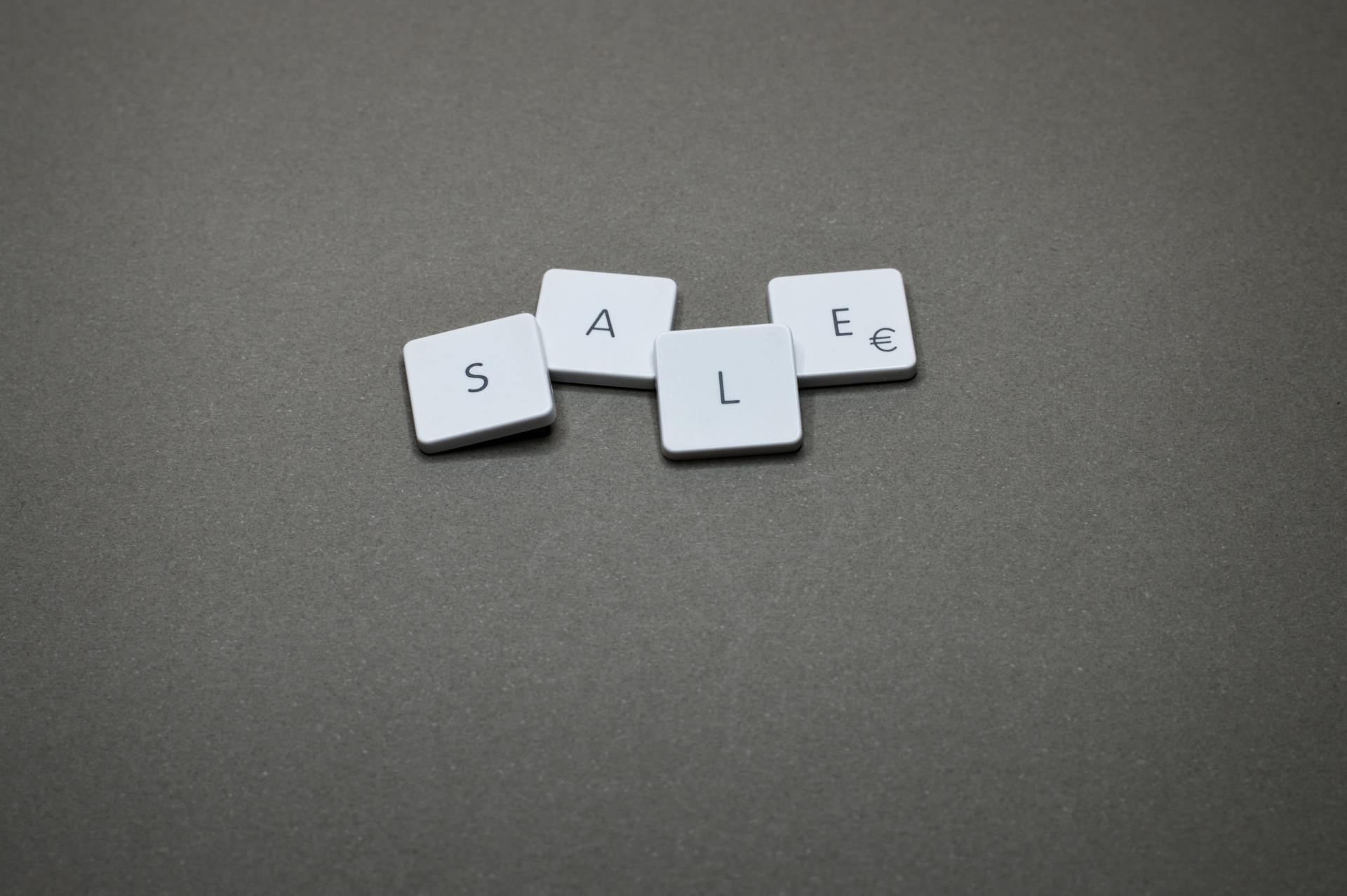By Melissa Maloney
•
29 Apr, 2020
There are a lot of people writing about how to sell during the pandemic. Or what does it look like when the world “re-opens” from a sales perspective. I have spent a lot of time researching and reading current trends and predictions from some of the top consulting firms and wanted to weigh in on this topic. But, in true Happy Leader Enterprises fashion I want to take a slightly different approach. I am going to break this down into what remains the same (because if you aren’t doing this already you should) and what will likely change. I also feel like we all need to be cautious in taking any projections as fact. I think if there is one thing everyone agrees on right now, it’s that we have never been through this before. We will continue to take lessons from this experience, and what we forecast now, may still need to evolve and change. Let’s begin! What Should Stay the Same: Don’t Stop Selling: An empty pipeline takes longer to refill then continuously adding to the pipeline. Think about it. If you have a pail of water that is catching the rain. And the pail is full. Every time it rains, it gets topped up and never runs dry. However, if for some reason it doesn’t rain for a long time, and the bucket dries out, it will take a while to fill it back up. Sales leads and business development is the same, you need to be filling the pipeline each day and ensuring that it never goes dry. It is always better to have a pipeline that is too full than a pipeline that is empty. Mindset, Mindset, Mindset: Sales is a head game. It was a year ago, it is now, it will be a year from now. The best sales people know how to play the game and not get in their own way by letting negative thoughts take over on the bad days. They understand mental toughness. A great sales person has strategies in their back pocket for what to do on the down days and how to ride the wave on the high days. This mindset will help right now as well. Even though it may be tested. Remember; you know the value your product brings… keep bringing value and mission and you will be better able to help your customers come with you! Your Customer is King: Without your customer you don’t have a business. This means they are king (it does not mean they are always right). However, you want to treat them with king level value. Appreciate their business, be grateful for their time, understand they could choose to buy from somewhere else. Consider their experience, consider their current needs, consider their current emotional state, how can you bring more value to them? How can you make their life easier? How can you save them money? How can you save them time? If you can save them time, money and make their life easy… you may also be king to them! Balance Optimism and Realism: As leaders, we need to be optimistic. We need to believe what is possible. Always! We need to balance that belief in possibility with the realism of what is actually happening. If things are not going well, we need to be able to see that. If there are obstacles in the path, we need to look at those obstacles, challenge them, but admit they are there than, find a solution for them. There are obvious challenges right now, so being honest about those challenges is needed, while also creating optimism about how you are handling them, or even how you intend to. Reflect and Measure: Slowing down enough to take time to reflect is always critical. Right now, it is no less critical. You need to take the time to reflect, evaluate and act. You need to take the time to measure what is working and what isn’t working. Understanding KPI’s may be slightly different right now, and measuring success may have different metrics, you need to measure to know the new normal and then have a starting point on what to reflect against going forward. What May Change: How Your Customer Reaches You: It is safe to assume that for the time being and likely into the future there will be less people “walking” into a business or for an outside account rep to walk into the business of a client. With people working from home for the indefinite future, how your customer reaches you will likely change. This needs to be considered in your marketing plans. As an example; as a grocery product, if you normally sampled in stores, they are predicting more than 31% of people will continue to order online. How will you reach customers if not through sampling? Grocery stores; how can you still offer sampling to online orders? There is a high prediction for more online interaction for customers, have you identified what that looks like for you? Your Messaging to Your Customer: Tone is likely going to be critical for a while. I really caution people right now to make sure your tone and message makes sense. I know you likely had a 12-month marketing plan; you may want to reevaluate it. Ask yourself; how will my customer react to this? As an example, I saw an online coach market for “Surviving the Pandemic” however the image chosen was of her laughing. It didn’t sit right. Does your imaging match the tone and message needed? You may also need to plan in the short term, since current events are changing quickly and what sits well today, may not sit well tomorrow. How You are Filling Your Pipeline: This is going to be something that direct sellers and account managers are very much going to have to reflect on. The reality is, there is some space to be had on social media, however that message space may get crowded. There may be limited networking events to meet face to face for a while. How else can you connect and reach out to your customer? What is your approach to gain their attention and interest? How are you optimizing your website for cell phone use? Is there a way for you to connect to your customer online? Over the phone? How will you attract your inbound traffic, as outbound attraction will be significantly different? The Length of Your Sales Process: As we start to re-open the economy the length of the sales process for some companies may shift. Predictions of consumer behaviour are predicting a decline in some areas, but an overall decline in people’s spending plans at least for the near future. Knowing this, it may take you longer to work through a sales cycle especially, if you traditionally have a short to medium length cycle (less than 1 week to one month). Knowing that people may make decisions more cautiously, they will likely reply on additional information and research, seek more time to make a decision and not feel good about any “pressure” sales approaches. Look to ways to increase urgency in the buying cycle by increasing value and connecting to the value a consumer will gain for THEM if they buy sooner, not for you. The Engagement of Your Team: Engagement of sales teams is usually closely connected to their success. Sales people (especially great sales people) like to win and feel great when they do. Knowing this and creating other measures of success will be critical outside of just getting the sale. Managing closely how your sales teams are feeling in the face of these changes and challenges will be key to their engagement. Sales people need to see the path to success, and since it may be grey right now, you will need to be prepared to support them through this journey. Melissa Maloney, Founder of Happy Leader Enterprises is a Sales and Operations expert with over 20 years of experience driving a winning sales culture. If you would like Happy Leader Enterprises to support your business with your current and future sales strategy connect with Melissa directly at melissa@melissamaloney.ca or visit www.happyleader.ca









